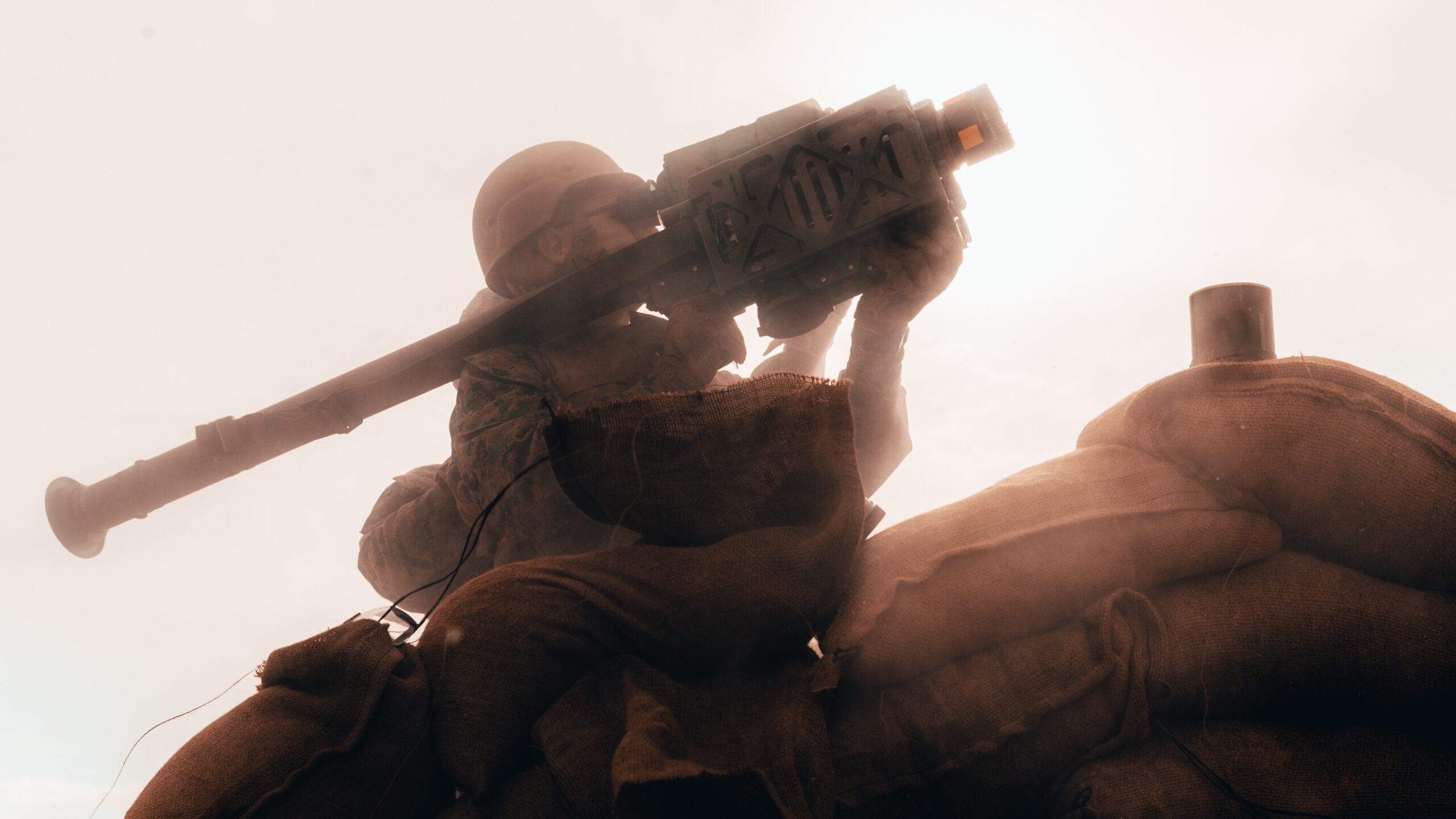
A Marine tests a Stinger missile in a 2019 photo. (U.S. Marine Corps/ Rachel K. Young)
WASHINGTON: The Army’s top acquisition official believes the service will get enough funding and support from Congress to ramp up production of Stinger and Javelin missiles, days after the Pentagon’s top acquisition nominee vowed to expand production lines of munitions for foreign countries.
“Stinger was in a very low rate production for primary foreign partners right now,” Doug Bush, assistant secretary of the Army for acquisition, logistics and technology, said at a Defense News event today. “However, with enough funding and support from Congress, which I believe we are going to have, we can accelerate that production for the United States in order to replenish stocks of what we’ve provided to other countries.”
There are “a lot of details” that the service will have to work through, he added, including ancillary equipment that will also have to be produced at a faster rate. Congress provided a large amount of money in the omnibus to help replenish the service’s stocks.
RELATED: EXCLUSIVE: HASC leaders want next-gen Stinger replacement, as stockpile dwindles due to Ukraine
“Javelin is in higher rate production. It’s at its current production rate, which is quite high, but it can go higher,” Bush said. “So that we’ll again be working with our industry partners, support from [the office of the secretary of defense] to see if there’s any authorities we need to exercise like the Defense Production Act. But there are ways to work through how to get, for example, long lead items faster to enable faster production or just production at greater scale.”
Bill LaPlante, the Pentagon’s top acquisition nominee, said during his confirmation hearing March 22 there needs to be more investment and focus on boosting existing production lines for munitions and drones, especially due to the ongoing conflict between Russia and Ukraine.
LaPlante said there needs to be “multiple hot production lines,” but did not specify which munitions or drones he was referring to.
IVAS funding
Congress earlier this month put $349 million in procurement funding on hold for the Army’s Integrated Visual Augmentation System in its fiscal 2022 defense package, labeling it “ahead of need.”
After facing numerous issues in the field, an operational test for the IVAS program was moved from the last quarter of FY21 to May of this year, prompting lawmakers to withhold funding for the system until it completes the test and the program office briefs the appropriations committees.
Bush said he’s “not too worried” about IVAS, saying the service is ending up on a “reasonable” production ramp that matches the pace of the technology maturing. He added he’s cautiously optimistic about the upcoming test in May.
“I think the congressional reductions are frankly just good oversight by Congress,” Bush said. “The funding profile we had for the program assumed really kind of almost effortless progress to full production. However, as is often the case with new technology, we run into issues with integrating new technologies into something that is hardened for combat. It’s not a small task.”
Navy jet trainer fleet operations remain paused after engine mishap
One week after the incident, a Navy spokesperson says the service is continuing to assess the fleet’s ability to safely resume flight.


























